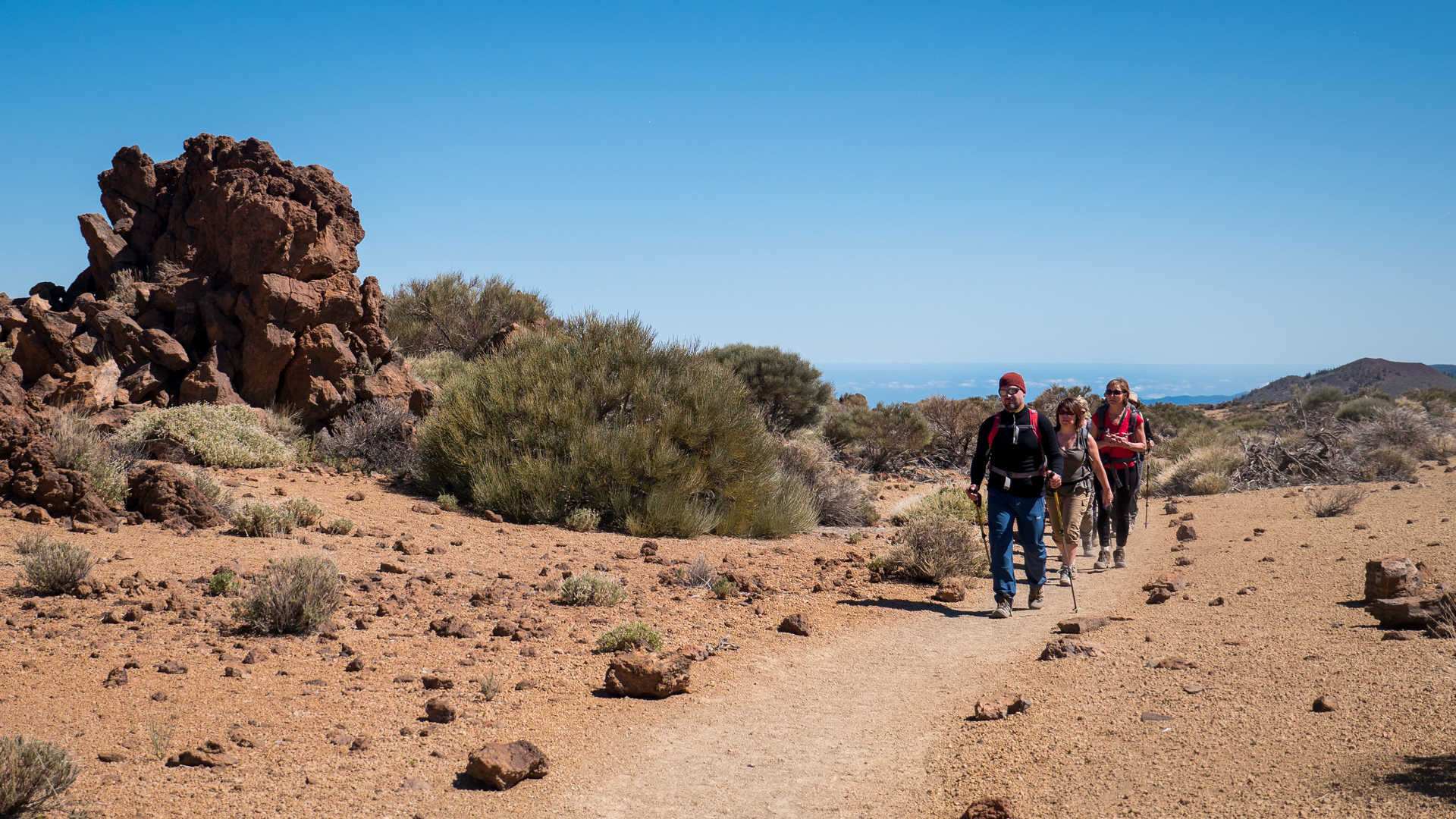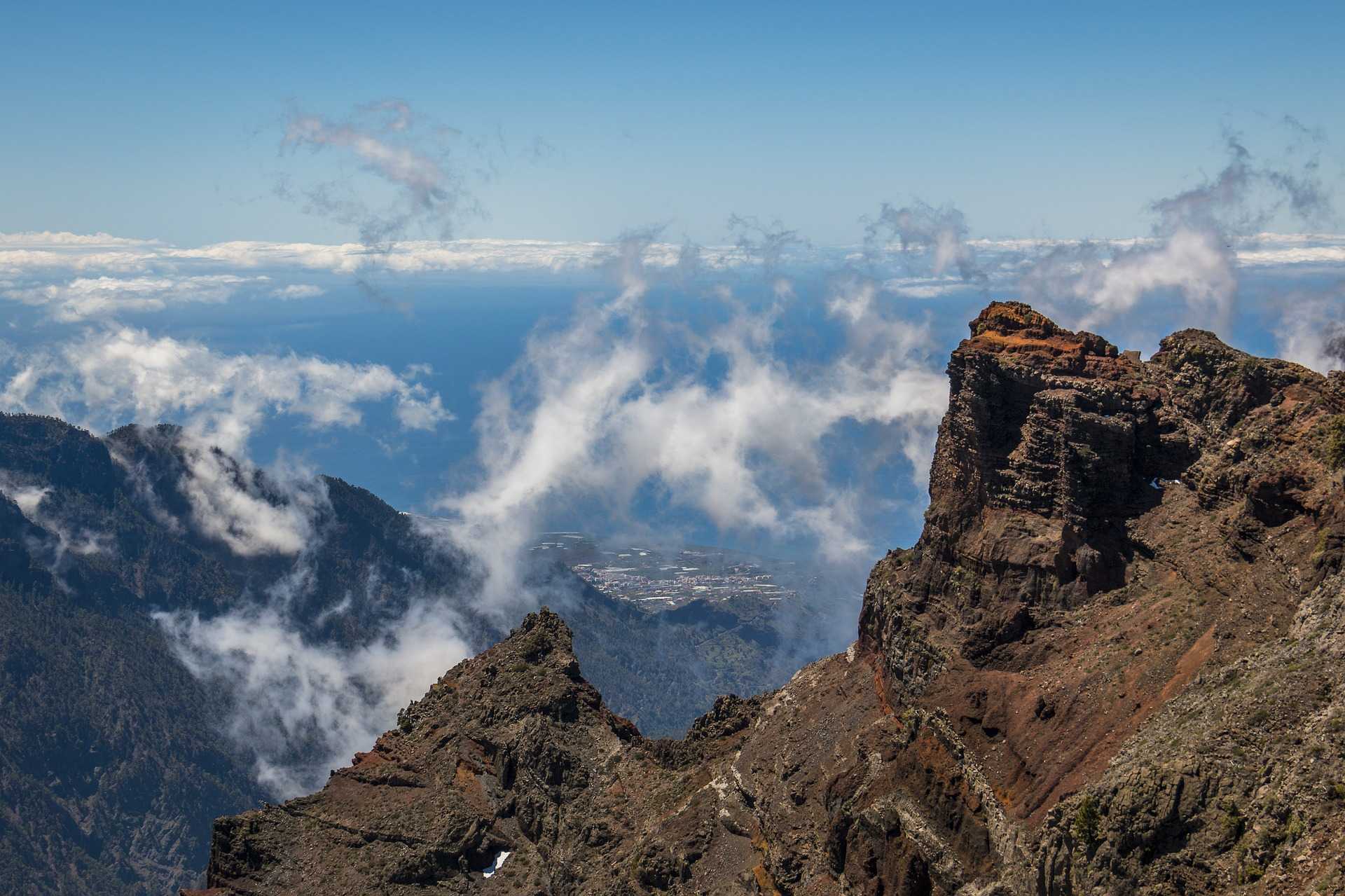Geography
Endemic
fauna to look out for while you explore the Canary Islands includes the
Atlantic Canary, Tenerife Blue Chaffinch, Canary Big-eared Bat, Giant Canary
Lizard and many more.

It is
possible to withdraw cash from ATMs on the island but please be mindful of any
charges from your bank.
By the sea,
the average temperature is 22°C but with altitude, the temperature drops
quickly. Above 300m the average temperature is between 16 and
21°C. Between 600 and 1500m, the average temperature is between 12 and
16°C. Above 2000m the temperature can drop below zero and it is not
unusual to see snow on the higher peaks of Tenerife and La Palma.
Rain is
most common on the northern and eastern sides of the islands and much less
common in southern and western facing areas. From October through to February
you can expect rain at any time. In March, April and September it is much less
likely to rain. In June, July and August it does not rain at all.

Endemic
fauna to look out for while you explore the Canary Islands includes the
Atlantic Canary, Tenerife Blue Chaffinch, Canary Big-eared Bat, Giant Canary
Lizard and many more.